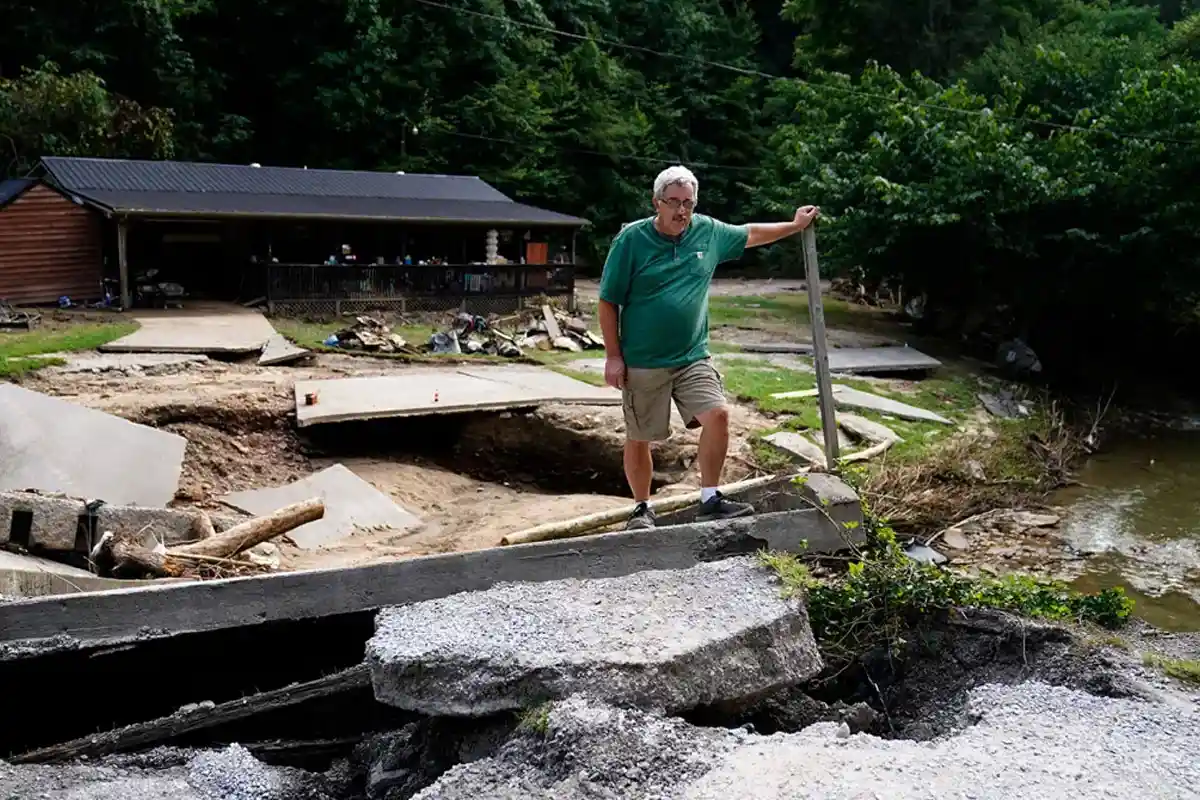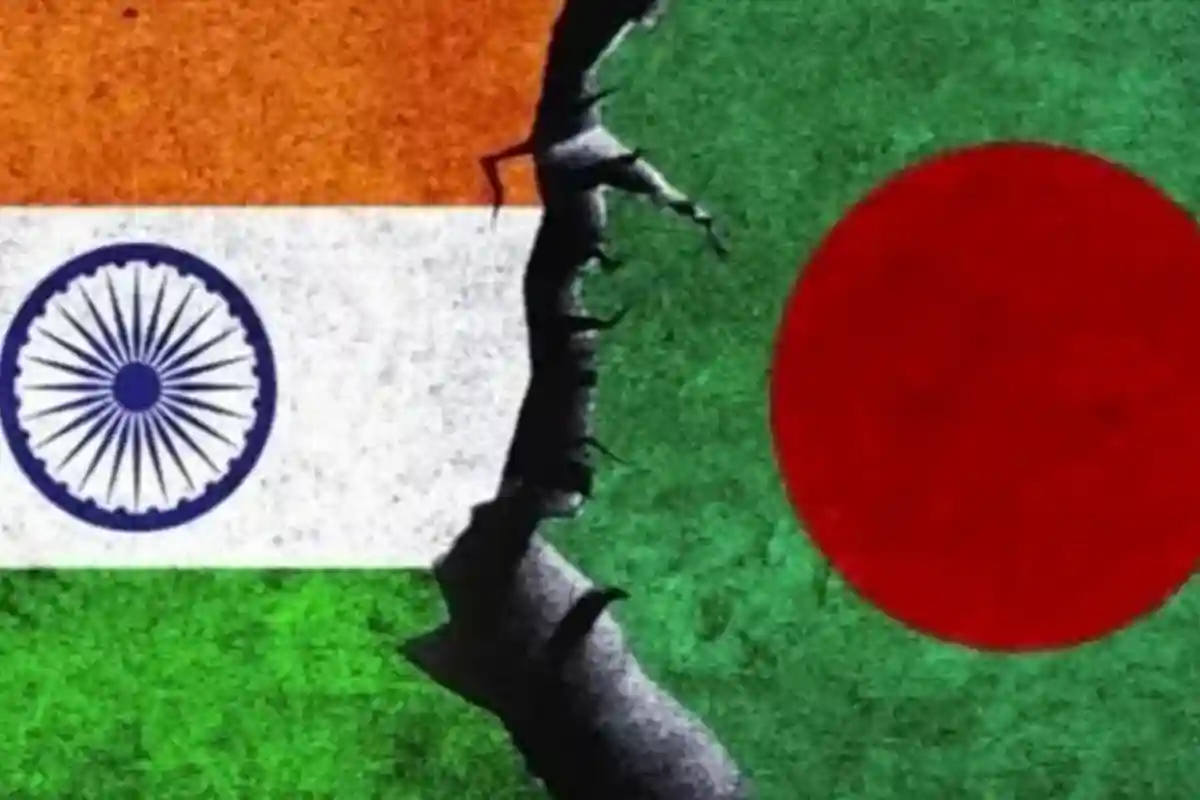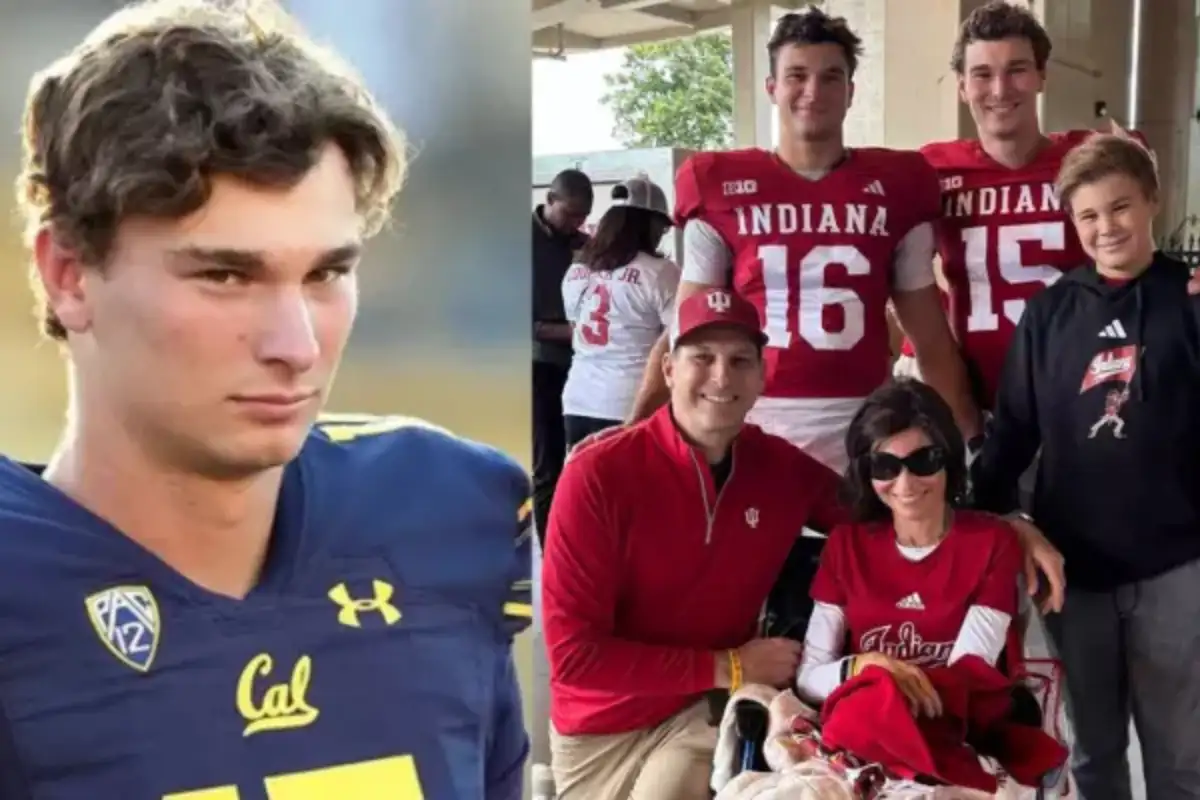What Is Weather Whiplash? Scientists Warn It’s Becoming the New Normal

A man stands next to a bridge destroyed by deadly floods in Chavies, Kentucky in 2022. Heavy rainfall followed drought, a phenomenon known as weather whiplash. (AP Photo/Brynn Anderson, File)
In early July, deadly flash floods hit rural Texas. Just days before, the same area was dry and suffering from drought. This sudden change shocked many — but scientists say it is a growing problem called weather whiplash.
What Is Weather Whiplash?
The term weather whiplash is used when weather flips quickly from one extreme to another — like from drought to floods or from wet to dry.
This change happens fast and can be dangerous.
Dr. Samuel Munoz, an environmental scientist at Northeastern University, explains: “It’s a sudden move from very dry to very wet conditions — or the other way around.”
Why Is It Happening More Often?
Experts say global warming is a big reason. The Earth’s temperature has gone up by about 1.8°F (1°C) since 1900. Warmer air holds more water. This makes both droughts worse and floods heavier.
Dr. Auroop Ganguly, a civil and environmental engineer, adds: “The warming increases how fast water evaporates and how heavy rain can fall when it does come.”
Even a small rise in temperature lets the atmosphere hold a lot more moisture, making rainstorms more intense. This effect follows the Clausius-Clapeyron law, which says that as the air warms, it can hold more water — and that rise is not linear, meaning a little heat causes a big jump in moisture.
Where Is Weather Whiplash Happening?
Not all areas are affected the same way.
Michelle O’Donnell, a Northeastern Ph.D. student, looked at the Mississippi River basin. She found that:
The eastern side (like the Ohio River area) will get even more rain.
The western side (like the Arkansas and Missouri rivers) will have less predictable rain, with big changes from dry to wet — classic whiplash weather.
This means floods can damage farms, while low water levels can stop boats and barges from moving goods.
What Can We Do About It?
Dr. Ganguly says the solution is preparedness. We can’t stop the weather from changing, but we can get ready:
Improve drainage systems
Use green infrastructure like rain gardens
Avoid building homes and businesses in flood zones
He adds: “It’s like preparing for stronger hurricanes. The better prepared we are, the more lives we save.”
Weather Whiplash and the Future
Scientists believe weather whiplash will continue to grow. The World Meteorological Organization predicts that by 2028, there’s an 80% chance the global temperature will rise above 1.5°C (2.7°F) over pre-industrial levels, at least once.
That could mean more extreme weather, from fires to floods.
Dr. Ganguly says: “These events are already happening. The key is to plan for them — now.”
Catch all the Trending News, Breaking News Event and Trending News Updates on GTV News
Join Our Whatsapp Channel GTV Whatsapp Official Channel to get the Daily News Update & Follow us on Google News.














